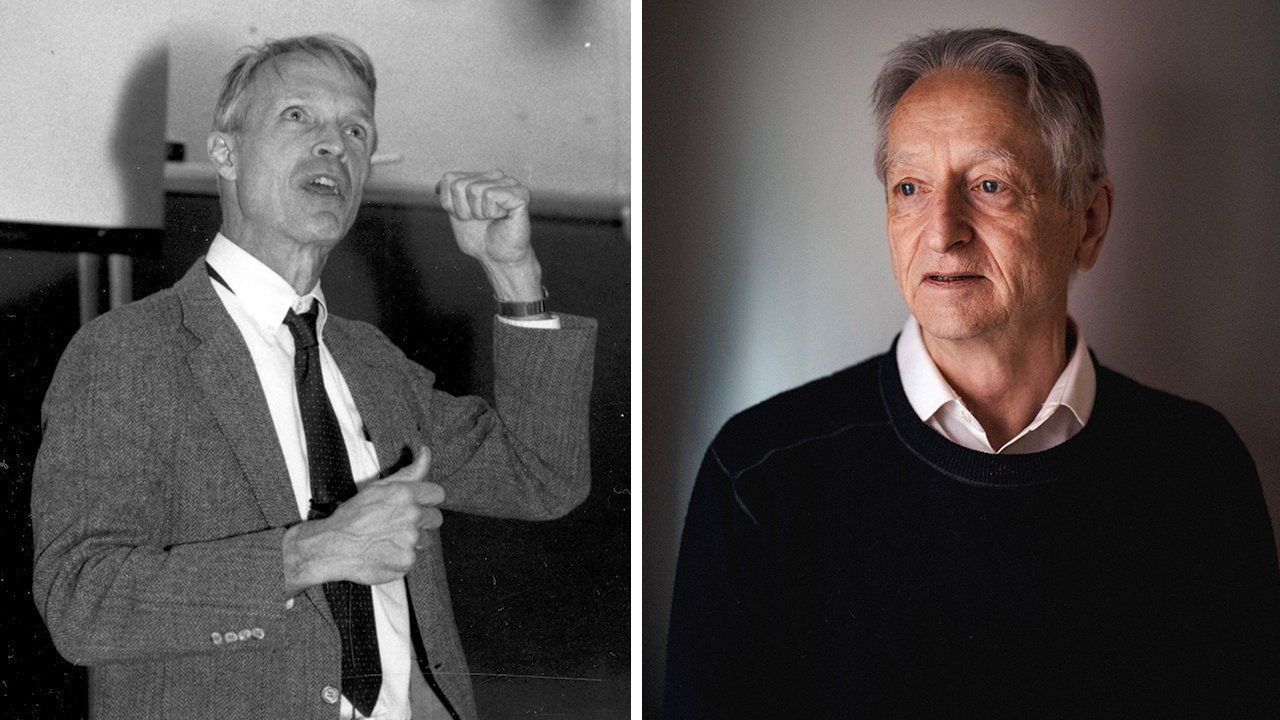Science & technology | Sound of mind
AI offers an intriguing new way to diagnose mental-health conditions
Models look for sound patterns undetectable by the human ear

Traditional methods of diagnosing mental-health conditions require patients to speak directly to a psychiatrist. Sensible in theory, such assessments can, in practice, take months to schedule and ultimately lead to subjective diagnoses.
Explore more
This article appeared in the Science & technology section of the print edition under the headline “Sound of mind”
Discover more

AI researchers receive the Nobel prize for physics
The award, to Geoffrey Hinton and John Hopfield, stretches the definition of the field

A Nobel prize for the discovery of micro-RNA
These tiny molecules regulate genes and control how cells develop and behave

Why it’s so hard to tell which climate policies actually work
Better tools are needed to analyse their effects
Isolated communities are more at risk of rare genetic diseases
The isolation can be geographic or cultural
An adult fruit fly brain has been mapped—human brains could follow
For now, it is the most sophisticated connectome ever made
Immune therapy shows promise for asthma, heart disease—and even ageing
Making treatment quick and affordable will be the challenge
